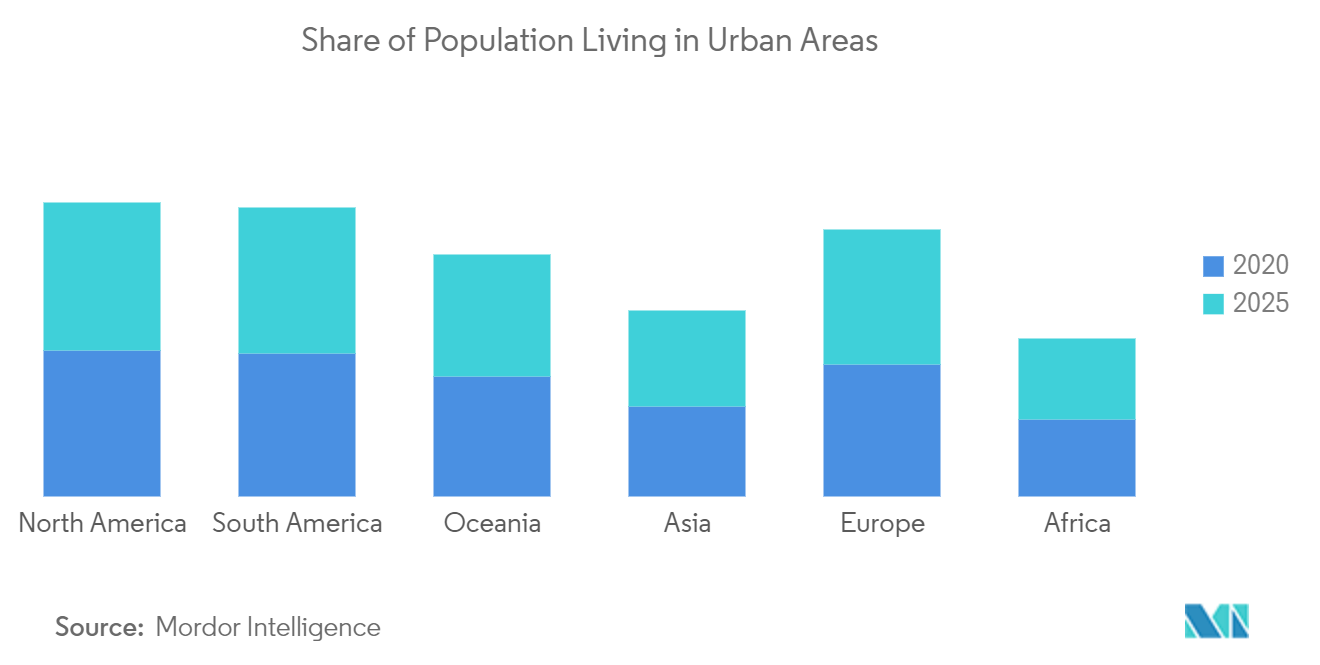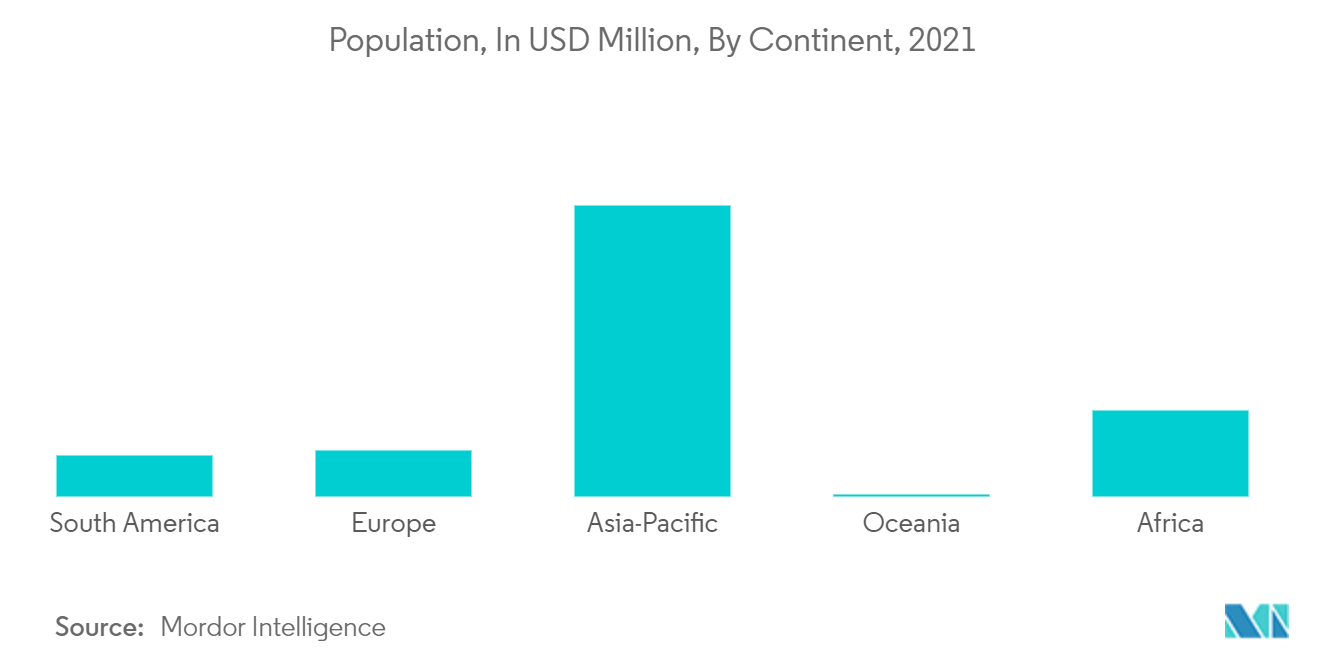Market Trends of Global Residential Water Treatment Devices Industry
This section covers the major market trends shaping the Residential Water Treatment Devices Market according to our research experts:
Large-Scale Industrialization and Urbanization
The market for residential water treatment devices has excellent growth prospects as a result of the widespread industrialization and urbanization of the world. A significant portion of the population is starting to understand the dangers of tainted water. In light of this, the market for home water treatment equipment may benefit from this element.
The market for home water treatment equipment is expanding as a result of the expanding population, which is another significant reason. Therefore, the market for home water treatment systems may benefit from the combination of all these variables. The quantity of chemicals produced and increased industrialization both contribute to an increase in the number of polluted water bodies. This drives this market's expansion on a global scale because of the rising demand for clean water.

Asia-Pacific is Fastest Growing Market
The Asia-Pacific region, which is expanding quickly, presently makes up 3/5 of the world's population. According to a UNICEF assessment, the rate of growth there considerably outpaces the number of people who are acquiring access to safe drinking water. According to India's 2011 Census, 14% of households there lack access to clean drinking water. The Asia-Pacific region's natural water bodies are also getting worse due to extensive industrialization and overuse of pesticides.
Numerous bodies of water that serve as a source of drinking water for millions of locals are dangerously high in pollutants. Industrial waste, agricultural chemicals that seep into the nearest water body from the soil, and waste injection have an impact on more than 80% of water bodies in China, including shallow groundwater. Over 75% of Indonesia's rivers are heavily contaminated with fluoride and arsenic, directly contributing to the deaths of about 50,000 people each year.


